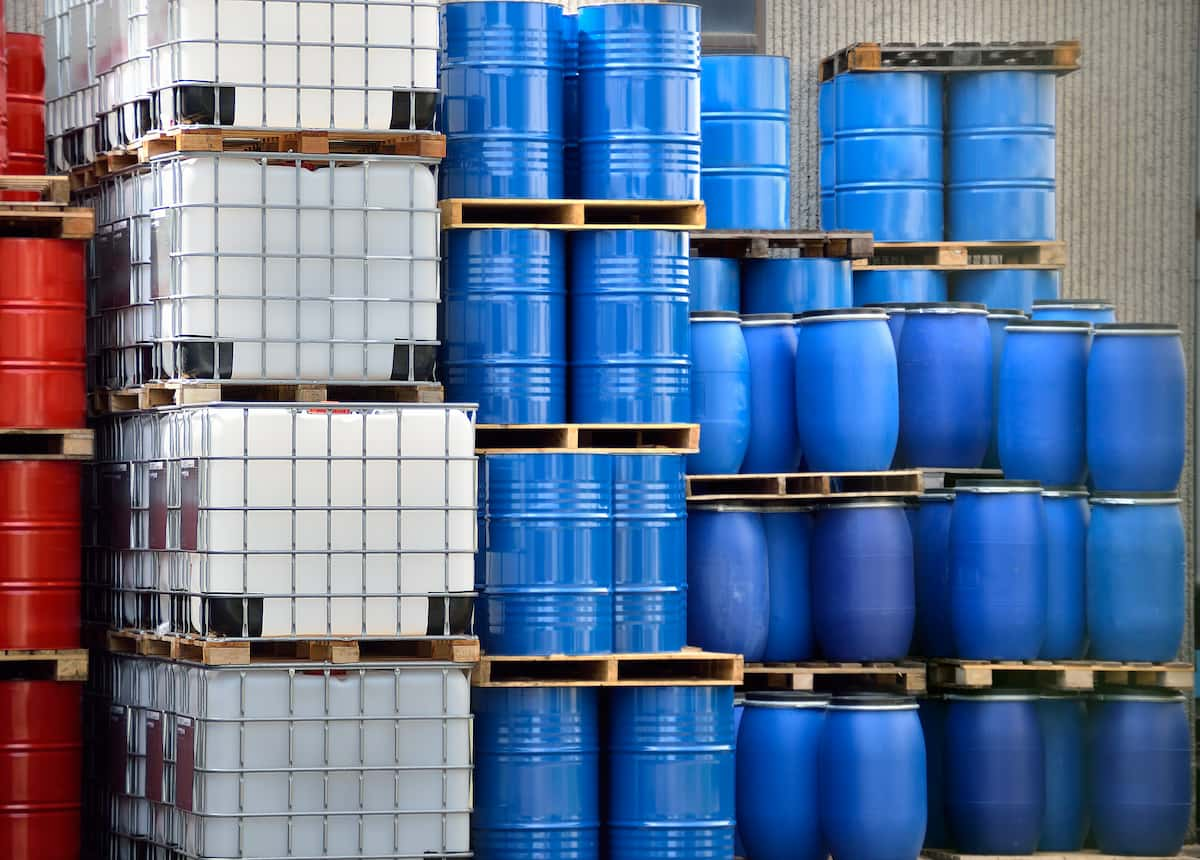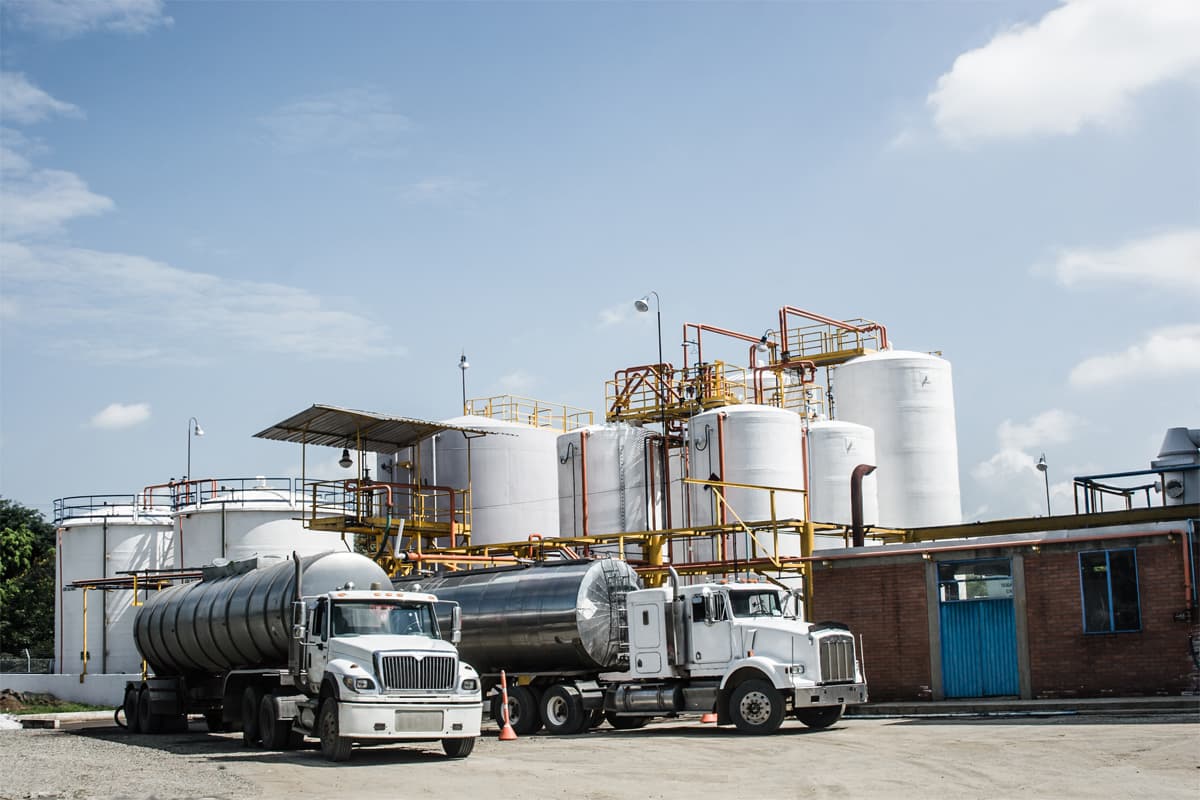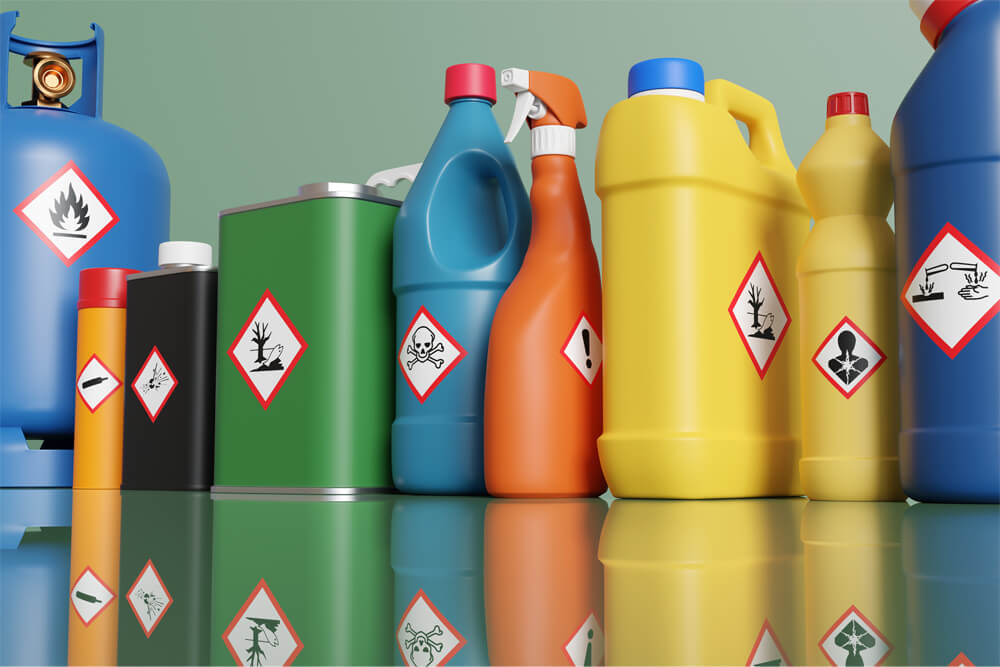
How to Choose the Best Storage Bottles for Liquids
Selecting the right chemical storage bottles is crucial for ensuring the safety, longevity, and integrity of the stored liquids. Whether you’re storing chemicals for industrial processes or household use, the type of bottle you choose can make a significant difference. Here’s a guide to help you choose the best chemical storage bottles for your needs, focusing on critical factors such as material, size, and specific storage conditions.
1. Understand the Type of Liquid Being Stored
Before selecting storage bottles for liquids, consider the chemical nature of the liquid itself. Different chemicals have varying levels of reactivity, volatility, and corrosiveness, which influences the type of material you need in a storage bottle. For instance:
- Acids and corrosive substances require containers made of materials resistant to corrosion, such as glass or certain types of plastics like polyethylene (PE) or polypropylene (PP).
- Organic solvents and other volatile chemicals often need bottles made from high-density polyethylene (HDPE) or fluorinated HDPE, which provide excellent chemical resistance.
- Water-based solutions can be stored in more flexible materials like low-density polyethylene (LDPE) or even glass, depending on the specific requirements of the application.
Selecting the correct material ensures that the chemical bottle will not degrade or react with the contents over time, preventing contamination or leakage.
2. Consider the Material of the Bottle
There are a variety of materials used in chemical storage bottles, each with its advantages and limitations. The most common materials include:
- Plastic: HDPE and LDPE are the most common plastics for liquid chemical storage. HDPE is resistant to most chemicals and can handle various liquids, including corrosive chemicals. LDPE, while more flexible, is suitable for less harsh substances. Polypropylene (PP) is also a good choice for many chemicals due to its resistance to heat and chemical exposure.
- Glass: Glass bottles are non-reactive, making them an excellent choice for more sensitive chemicals, but they can be heavier and prone to breakage. Glass containers should be used with caution, especially in environments where they might be handled roughly.
- Stainless Steel: For large-scale or highly reactive chemical storage, stainless steel bottles can be an optimal choice. These are often used in industrial applications where durability and resistance to high temperatures are necessary.
3. Bottle Size and Capacity
Choosing the right size of chemical storage bottle is essential. The volume of liquid you plan to store will dictate the size, but you should also consider how easy it will be to handle the bottle. For example:
- Small bottles (100 mL to 500 mL) are ideal for lab environments or for storing small amounts of chemical samples.
- Medium-sized bottles (1 to 5 liters) are often used in industrial settings for holding larger quantities of chemicals that need regular usage.
- Large containers such as drums or carboys are used for bulk storage and transportation of chemicals.
Consider the space you have for storage and how frequently the chemical will be accessed. If the bottle is going to be frequently handled, ergonomic designs with handles or grips can make a significant difference.
4. Safety and Regulations
When storing chemicals, safety is paramount. Ensure that the storage bottles for liquids comply with relevant safety regulations for chemical storage. For instance, containers that will store hazardous chemicals must meet specific standards such as those set by the Environmental Protection Agency (EPA) or Occupational Safety and Health Administration (OSHA) in the United States.
Additionally, some liquids require vented caps to prevent pressure buildup. This is particularly important for volatile liquids that can expand or release gasses over time. A well-chosen bottle will include caps or seals that ensure the chemical remains safely contained while also being easy to open when needed.
5. Labeling and Compatibility
Clear labeling is a vital component of safe chemical storage. Your chemical storage bottles should have ample space for labeling the contents, including hazard symbols, handling instructions, and expiration dates. Many bottles are sold with pre-printed hazard labels, or you can use self-adhesive labels specifically designed for chemical containers.
Furthermore, the chemical and the bottle’s material must be compatible. Always check the manufacturer’s guidelines for compatibility charts to ensure that your chosen chemical bottle material will not degrade over time due to contact with specific substances.
6. Long-Term Storage Considerations
If your liquids need to be stored for extended periods, factors such as light exposure and temperature fluctuations become critical. Some chemicals degrade quickly when exposed to light, requiring the use of amber-colored or opaque bottles to block UV rays. Similarly, temperature-sensitive chemicals may need containers with insulating properties to maintain stability in fluctuating temperatures.
Making the Right Choice for Safe and Effective Liquid Chemical Storage
Selecting the right chemical storage bottles is about balancing the type of liquid, the intended storage duration, and the safety requirements of your environment. By choosing the appropriate materials, ensuring compliance with safety standards, and considering practical factors like size and handling, you can store your chemicals safely and effectively.
When in doubt, consult with a chemical storage expert who can guide you through selecting the best storage solutions for your specific needs.
Talk to an Expert
Streamline Your Chemical Manufacturing Process
Royal Chemical’s expertise in blending, packaging and shipping can save you time, reduce costs and deliver consistent results.














